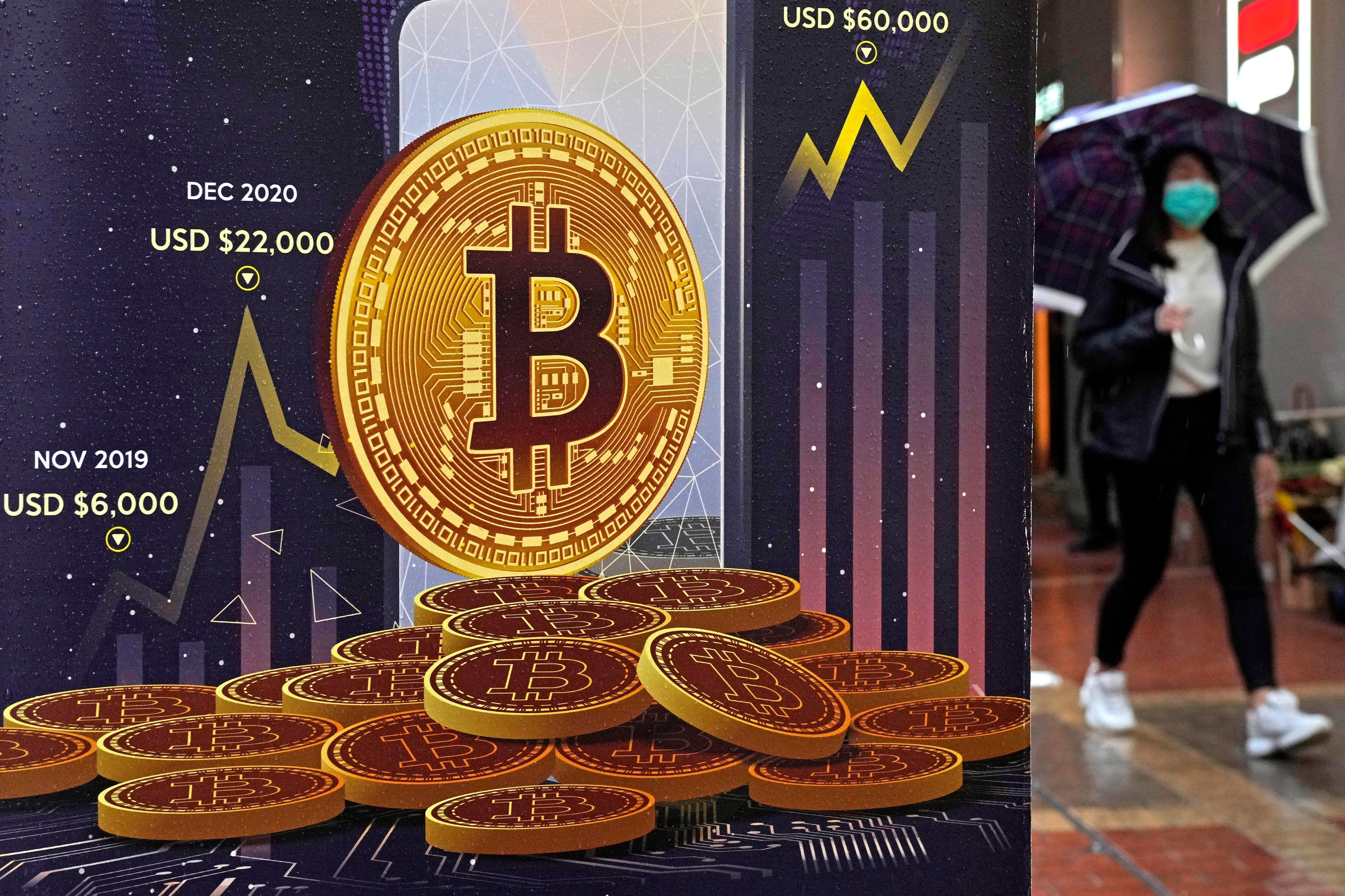Stablecoins: What are Terra and Tether, and how did they help cause new crypto meltdown?

So-called stablecoins have led the cryptocurrency market to melt down in a moment of significant instability.
The cryptocurrencies are intended to be a particularly reliable way of investing in digital money, and are marketed as being a way around the significant volatility in other, better known names such as bitcoin.
For some, that volatility is a fun or valuable thing about cryptocurrencies, as people look to make money by trading them. But it is also means that they are a dangerous store of value, and are impractical to use in actual transactions.
Stablecoins are meant to solve that by giving a constant exchange rate with the dollar, making them easy to value and theoretically more akin to actual cash.
But in recent days, stablecoins have proven to be anything but – with not only their own prices collapsing but that collapse helping bring about chaos right across the cryptocurrency markets.
The most notably unstable of those stablecoins is Terra, or UST. It has all but collapsed, losing almost all of its value.
The idea behind that cryptocurrency is that it is equal to the dollar – one USD buys one UST. For a long time, that was the case, but now one UST is worth less than a penny.
That means that the cryptocurrency broke from its “peg”, which kept the two prices the same. It is that dramatic and unexpected event that caused ripples across the cryptocurrency market and dragged prices down.
Bitcoin has fallen almost 21 per cent over the last week, and the cryptocurrency market has dropped by 5.5 per cent over the last day. Trading volumes are also unusually high, as investors panic and look to sell their holdings.
There is not necessarily any direct connection between the problems with stablecoins and the rest of the market. Beyond plunging sentiment, there is no reason for the crash of Terra or any other stablecoin to necessarily hit the rest of the market – but plunging sentiment is important in cryptocurrency, which often trades up or down on the back of emotions and current events.
Likewise, not all of the crash in the cryptocurrency market can be traced back to the problems with stablecoins. Cryptocurrency is also being hit by the same problems that are pulling down tech stocks: rising inflation, and worried investors who are keen to move back into less risky assets.
Stablecoins work in one of two ways: those that are asset-backed and those that are decentralised. It is really the latter that has caused the big problems.
Asset-backed stablecoins such as Tether are nominally more safe because the companies that run them hold reserves that back them. So there are real, actual dollars backing those other cryptocurrencies that are pegged to the dollar, which should keep the two prices the same.
But asset-backed stablecoins are not entirely without criticism or concern. In recent years, regulators and investors have asked those behind those reserves to be more transparent about the holdings they have, and how their coins are secured – and have not always been successful in finding out.
TerraUSD does not work like that, however. It is more complicated, relying on an algorithm that swapped the cryptocurrency for another called Luna, which was intended to keep the prices stable.
But when investors turned against Luna, that system broke down. As markets weakened, so did confidence in the cryptocurrency that underpinned the so-called stablecoin, and both prices and the system intended to keep them flat crashed.
That has had real life effects, with investors saying they have lost their fortunes and sharing heartbreaking stories of the difficulties they now face.
Join our commenting forum
Join thought-provoking conversations, follow other Independent readers and see their replies
Comments